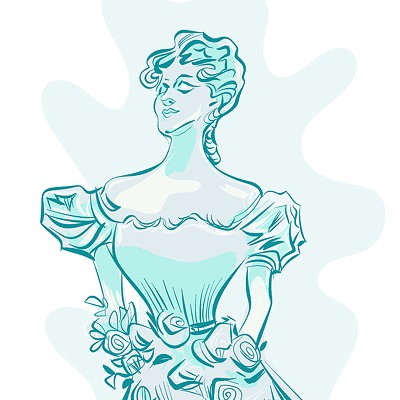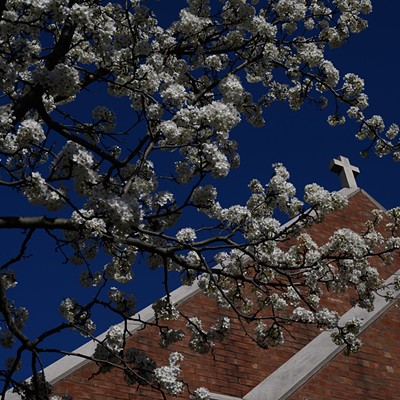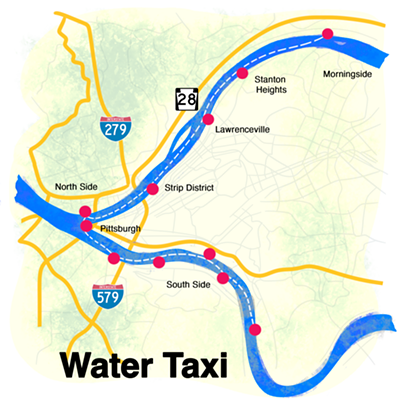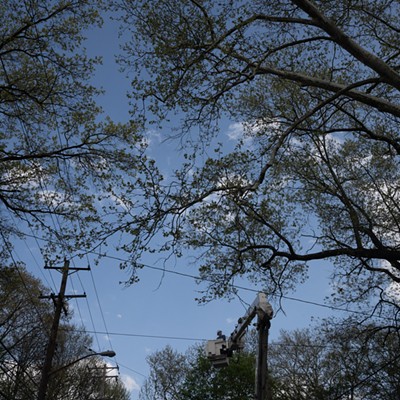Jane Callister makes paintings that are about the act of painting, the consequences of the action and the movement of paint itself. For the past several years, she has been absorbed in the materiality of paint: The work is made by pouring paint of differing viscosities and fantastical hues onto the canvas, and by manipulating the mixture, tilting and turning it and using gravity and the laws of physics to dictate the paint's movement. Self-leveling gel and thickening agents added to the paint cause it to drip, twist, swirl, dissipate and accumulate in forever varying contours.
Callister, born in 1963 on the Isle of Man, United Kingdom, lives and works in Los Angeles. Her work currently includes Magic Landscape, a solo show at the Michael Berger Gallery.
The exhibition is comprised of 22 acrylic paintings of moderate size, on canvas, board and paper. The vibrancy of color in these works, and the apparent intuitiveness of its selection, have been variously likened by reviewers to foodstuffs, like cake icing and ice cream; to extraterrestrial mindsets; and to primordial life. Hues such as lilac and lemon, rust and baby pink are made more bright and synthetic-looking by the apparent incorporation of white into the mixture, and by their proximity both to each other and to the deepest liquid black, navy blue and dark violet.
Callister's early, semi-representational work used suggestive materials and sometimes sexually provocative imagery to investigate and generate pleasure. This has developed into her concern with the fun and sensuality of the paint itself. In Magic Landscape, the added glossing and matting agents increase our awareness of the opacity and density of the colour, and -- through the very thinness of application -- of the surface qualities of the painting.
Something about the finely textured quality of the acrylic paint suggests human skin. As Callister plays with the viscerality of color, the paintings impart a seductiveness and sensuality. The very intensity of these flat colors hints at a world outside the paintings' borders: The sensuous handling of the paint itself invites the viewer's gaze, yet the very intensity becomes almost claustrophobic.
In order to better understand the nature of paint, Callister experiments with forms and techniques from outside of painting, and vestiges of this creep into the work. In "Red Spring," a drawn spiralling shape extends from a scarlet-and-tangerine-coloured drip. "Pink Mountain," like many of these paintings, includes stickers, made by painting onto glass then peeling off the resultant hardened shape and adhering it to the canvas. Yet Callister's stickers and drawn shapes do not feel like add-ons. Rather, they have become part of the painting, as if to reinforce the idea of process as painting.
As a result of her process -- and, consequently, in the mind of the viewer -- Callister's work becomes landscape: a subjective landscape in the mind's eye of the observer. She writes of her approach as being a kind of "reverse abstraction ... a construction of something that doesn't exist," rather than a deconstruction of an already existent form, as in abstraction, or an observed representation, as in traditional figurative art.
The works in Magic Landscape immediately bring to mind the concept of control. Callister sees herself as a collaborator with the paint, her actions and additions encouraging the substance to do what it does naturally. As the colors crawl across the surface of the painting, the sharpness of the edges and forms belie the semi-organic nature of their making. Callister attempts a mastery of the paint through an exploration of its possibilities.
Magic Landscape continues through Sat., Nov. 25. Michael Berger Gallery, 415 Gettysburg St., Point Breeze. 412-441-4282. (After the closing, a selection of Callister's work continues at Berger's Gallery 2.)















